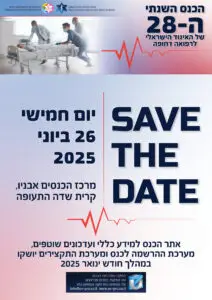פוסט זה זמין גם ב:
עברית
Written by Carmen Wolfe
Spoon Feed
This review article offers pearls for adult epiglottitis, a disease with increasing prevalence and high morbidity.
Why does this matter?
Adult epiglottitis is increasing in prevalence, and the phenotype differs from classic pediatric epiglottitis. We need to maintain a high index of suspicion, a healthy respect for limitations of imaging, and a cautious approach to airway management in these patients.
Say aaaaah!
We all learned about classic pediatric epiglottitis from the pre-Hib vaccination era: acute respiratory distress and stridor in a tripoding child. But now, the disease looks different and is more common in adults. Prevalence may be increasing due to increased recognition and use of flexible endoscopy. Mortality rates have steadily decreased suggesting increased identification of mild disease. Even so, the mortality rate is still 1% in retrospective studies.
So, listen up for the quick highlights.
- Etiology: Bacterial (Strep and Staph), viral, fungal, autoimmune, thermal injury, caustic ingestion
- Presentation: Larger airway diameter in adults leads to odynophagia (100%), dysphagia (85%), voice changes (74%), and drooling, which present in a subacute manner. Beware, 90% of patients have a completely normal oropharyngeal exam.
- Diagnosis: Lateral neck radiography may reveal classic thumbprint sign or vallecula sign, but this can’t be used to rule out disease. Sensitivity of CT is better, but be careful lying these patients flat. Gold standard is direct visualization, preferably with flexible intubating endoscopy and plans for potential intubation at that time, with involvement of otolaryngology and anesthesia.
- Management: Order a third-generation cephalosporin (ceftriaxone 2 g) or extended-spectrum penicillin (ampicillin-sulbactam 3g) as well as MRSA coverage with vancomycin (20 mg/kg). For increased pseudomonas risk or immunocompromise, rev up your antibiotics to cefepime or piperacillin-tazobactam instead. Nebulized epinephrine can be considered to reduce oropharyngeal edema. Corticosteroids are often given, even without good evidence of benefit.
- Disposition: Always ICU
Source
High risk and low prevalence diseases: Adult epiglottitis. Am J Emerg Med. 2022 Jul;57:14-20. doi: 10.1016/j.ajem.2022.04.018. Epub 2022 Apr 20.









